November 2020 – Written by small group participant Andrew Hudson, student at Anabaptist Mennonite Biblical Seminary, Elkhart, Indiana.
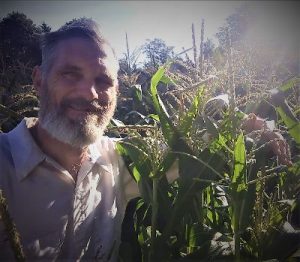 “This group is so helpful to me because I have been feeling my/our health being pulled apart for years.
“This group is so helpful to me because I have been feeling my/our health being pulled apart for years.
My bodily health, good relationships, contributing to the health of the ecosystem of which I’m a part – these are parts of health that pull on each other. I can’t PLAN all these into my life separately, in the way western culture acts like they are separate areas.
Treating the health of body/social groups/earth as an integrated whole is incarnational. It is also counter-cultural. (But worth it!)
I’m glad to be part of a group where we support each other in this holistic approach to our health!”
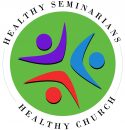
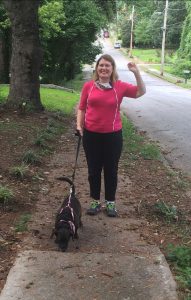 In Ecclesiastes 3:1-2 it says, “To everything there is a season, and a time to every purpose under the heaven.” There was no time in my history that I found this Bible verse to ring truer than during this time of the COVID 19 pandemic. You might think that COVID could have taken my joys of life from me, but rather, the opposite happened, despite facing the virus at full-fledged capacity. Instead, I experienced God at work in my life.
In Ecclesiastes 3:1-2 it says, “To everything there is a season, and a time to every purpose under the heaven.” There was no time in my history that I found this Bible verse to ring truer than during this time of the COVID 19 pandemic. You might think that COVID could have taken my joys of life from me, but rather, the opposite happened, despite facing the virus at full-fledged capacity. Instead, I experienced God at work in my life. 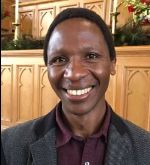 Generally, when people come together to formally create a community, commitment is one of the principle factors for achieving an objective that involves a group people. Commitment helps members remain focused on an organization’s purpose amidst the fluctuations of individual interests and environments. Commitment is highly associated with healthy family relationships, company/institution/organization’s high productivity, and the political stability of a nation.
Generally, when people come together to formally create a community, commitment is one of the principle factors for achieving an objective that involves a group people. Commitment helps members remain focused on an organization’s purpose amidst the fluctuations of individual interests and environments. Commitment is highly associated with healthy family relationships, company/institution/organization’s high productivity, and the political stability of a nation.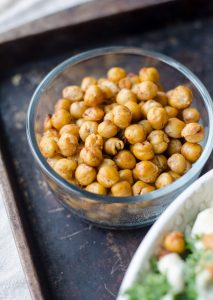 I recently attended an online plant-based cooking party led by Karen Webster, cofounder, and executive director of Healthy Seminarians Healthy Churches (HCHS). HSHC’s approach to eating seeks to enable people to live healthier lives by taking care of God’s earth (environmental), and thereby getting the proper nutrition (plant based) that God has provided for us. I initially learned about the workshop through my church’s weekly newsletter. I did not know much about plant-based cooking and wanted to begin learning about ingredients that are often used and get some recipes, so I signed up online.
I recently attended an online plant-based cooking party led by Karen Webster, cofounder, and executive director of Healthy Seminarians Healthy Churches (HCHS). HSHC’s approach to eating seeks to enable people to live healthier lives by taking care of God’s earth (environmental), and thereby getting the proper nutrition (plant based) that God has provided for us. I initially learned about the workshop through my church’s weekly newsletter. I did not know much about plant-based cooking and wanted to begin learning about ingredients that are often used and get some recipes, so I signed up online. 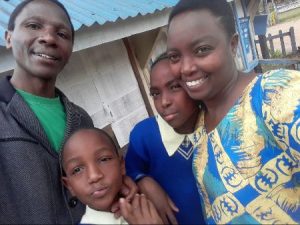
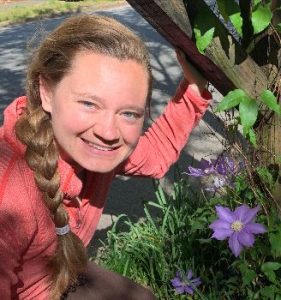 immigration, and coffee. Maggie has worked a variety of positions in the non-profit sector and is involved on campus with the HSHC small group and SAGE (CTS students group) community garden. Here is what she said when I asked her about her experience with HSHC this past semester…
immigration, and coffee. Maggie has worked a variety of positions in the non-profit sector and is involved on campus with the HSHC small group and SAGE (CTS students group) community garden. Here is what she said when I asked her about her experience with HSHC this past semester…